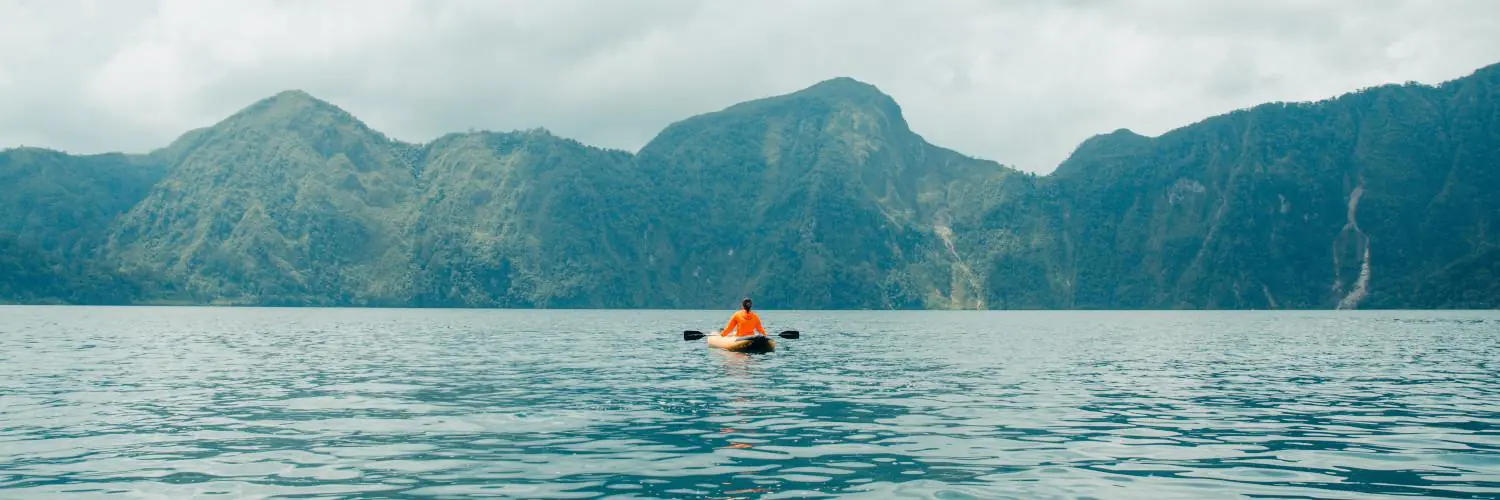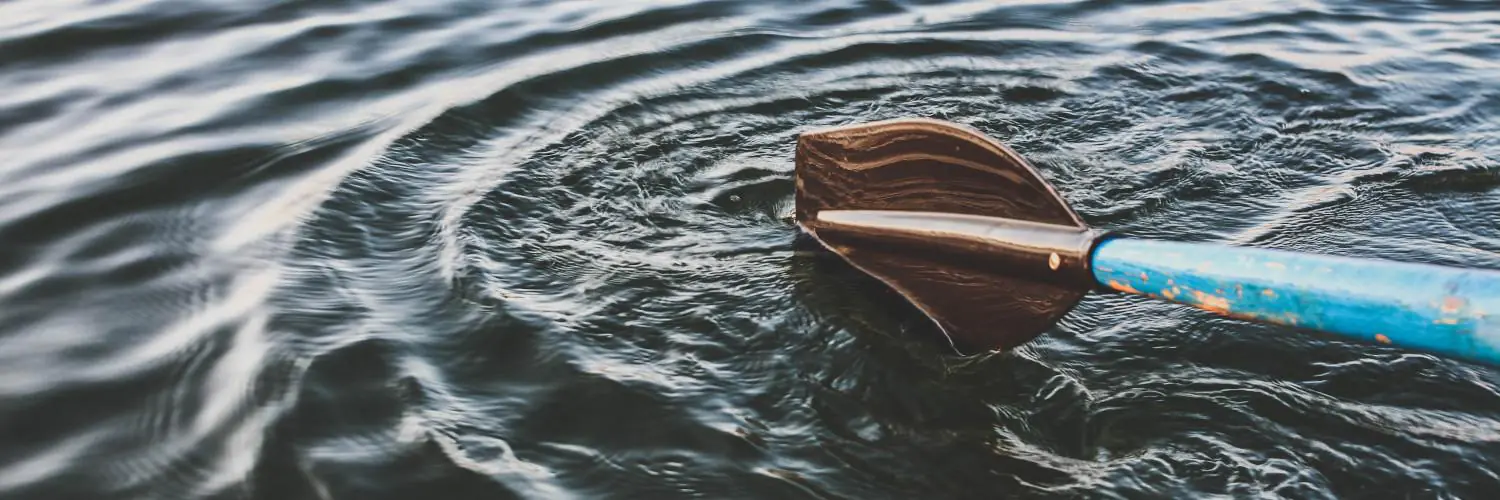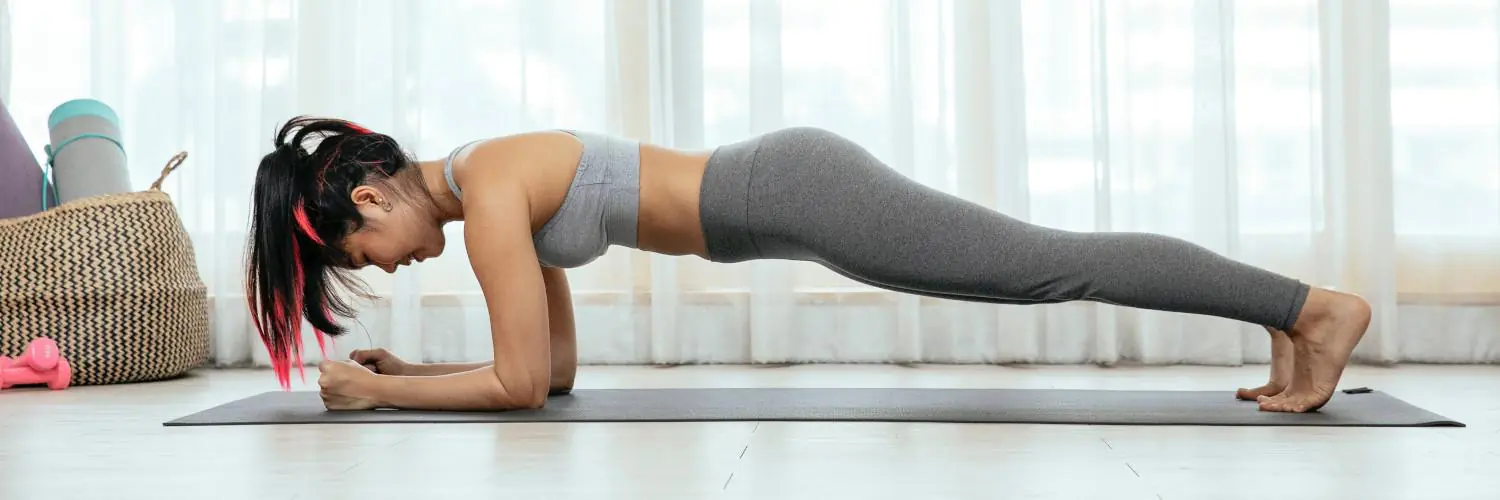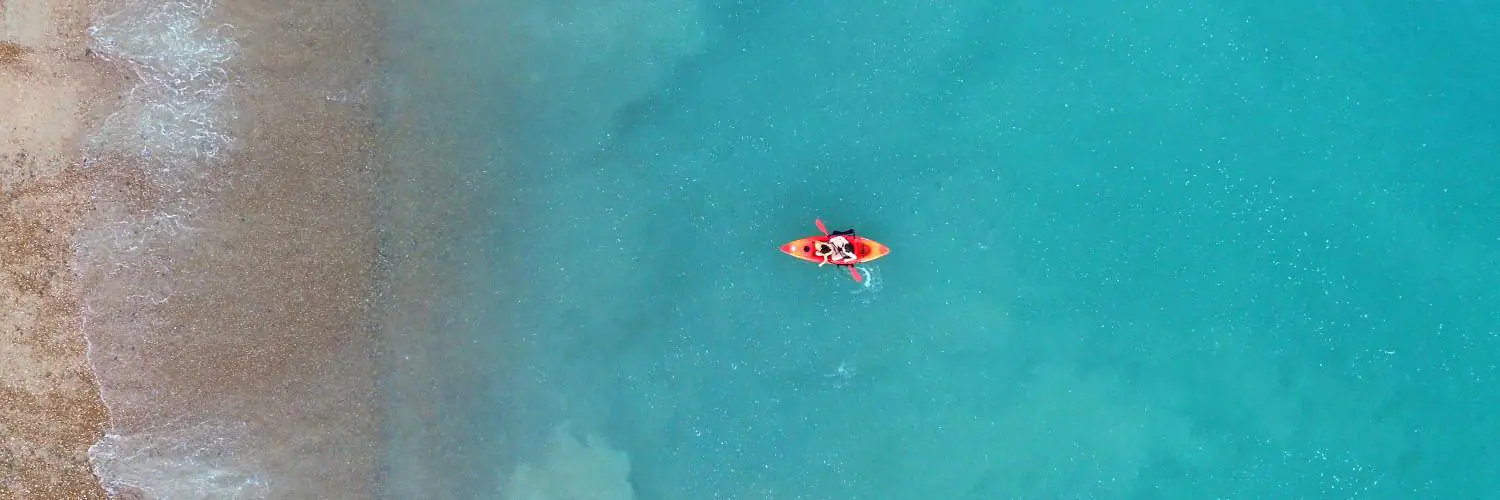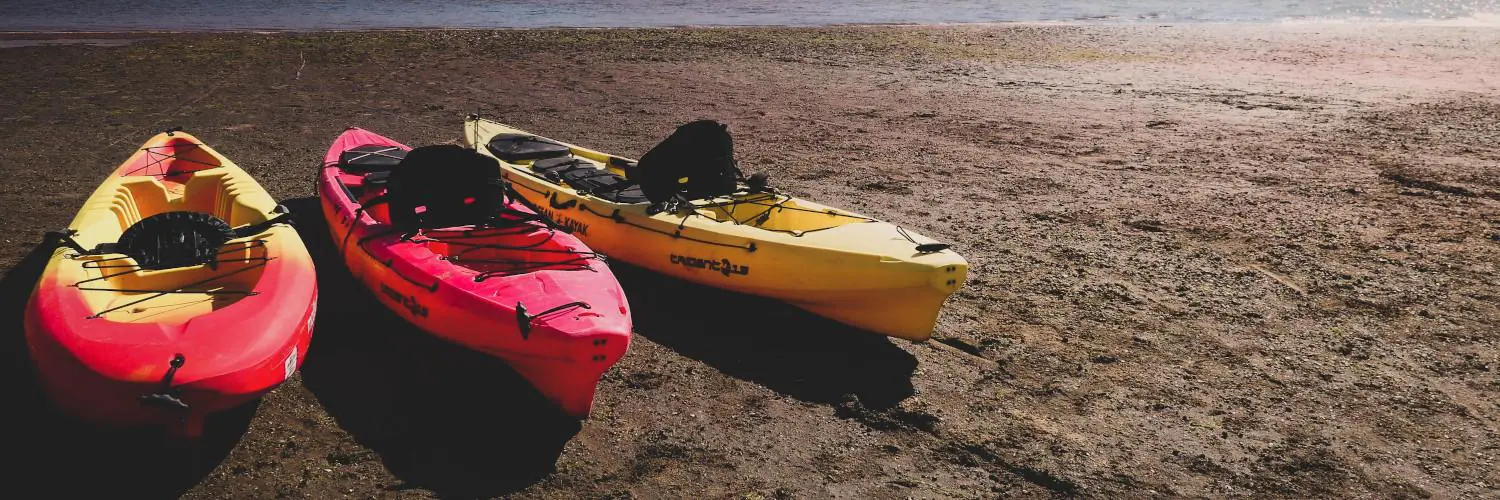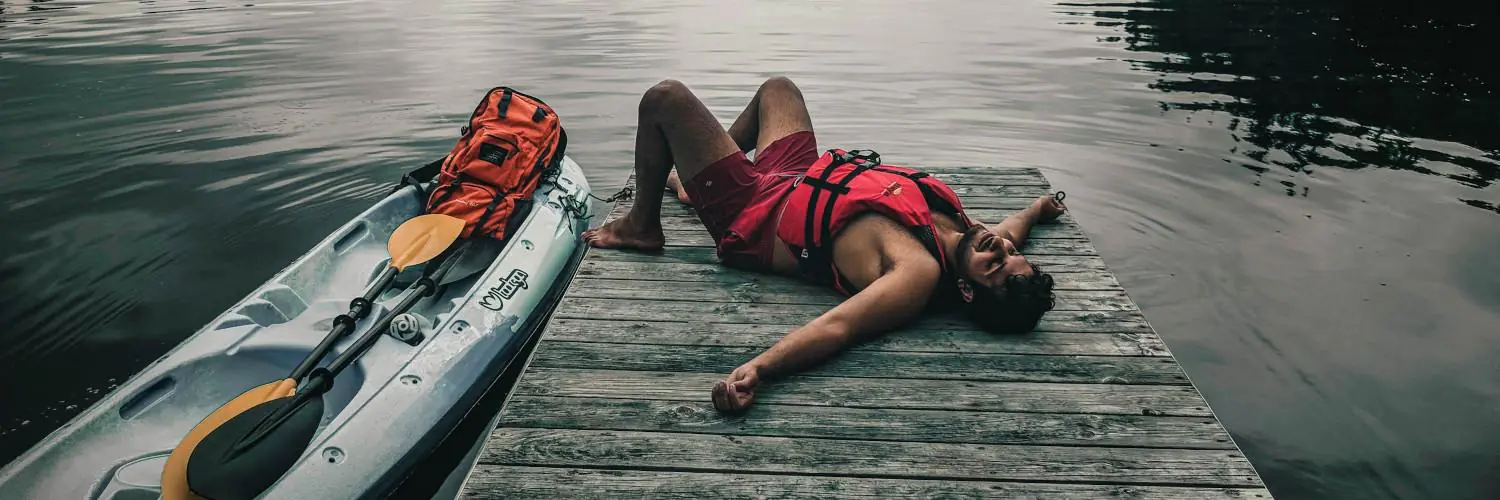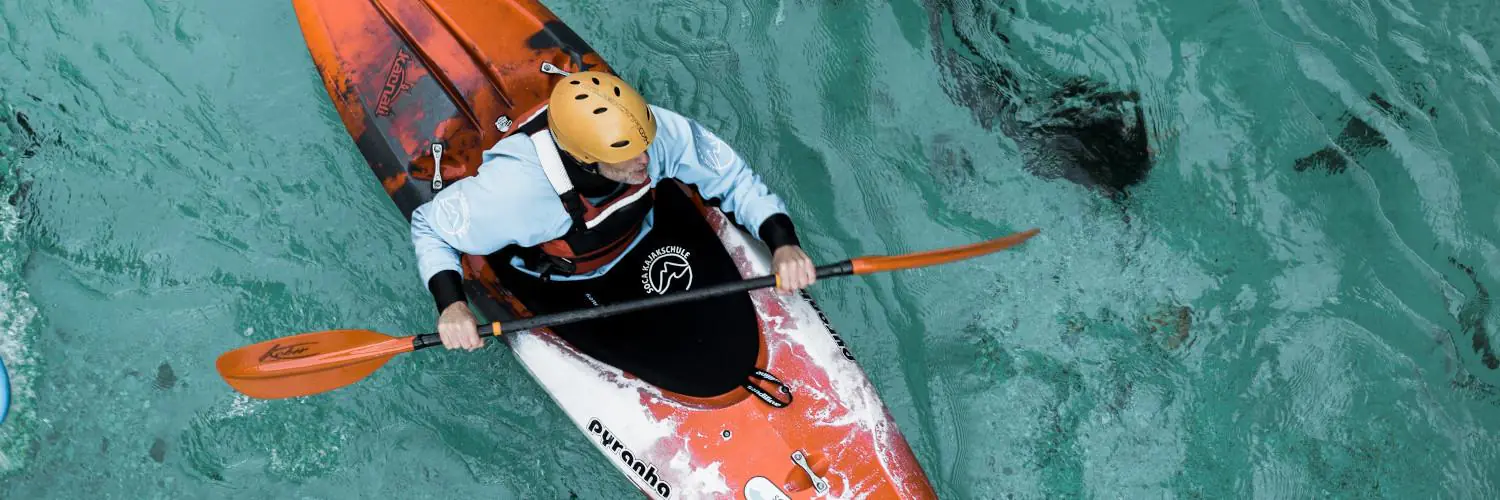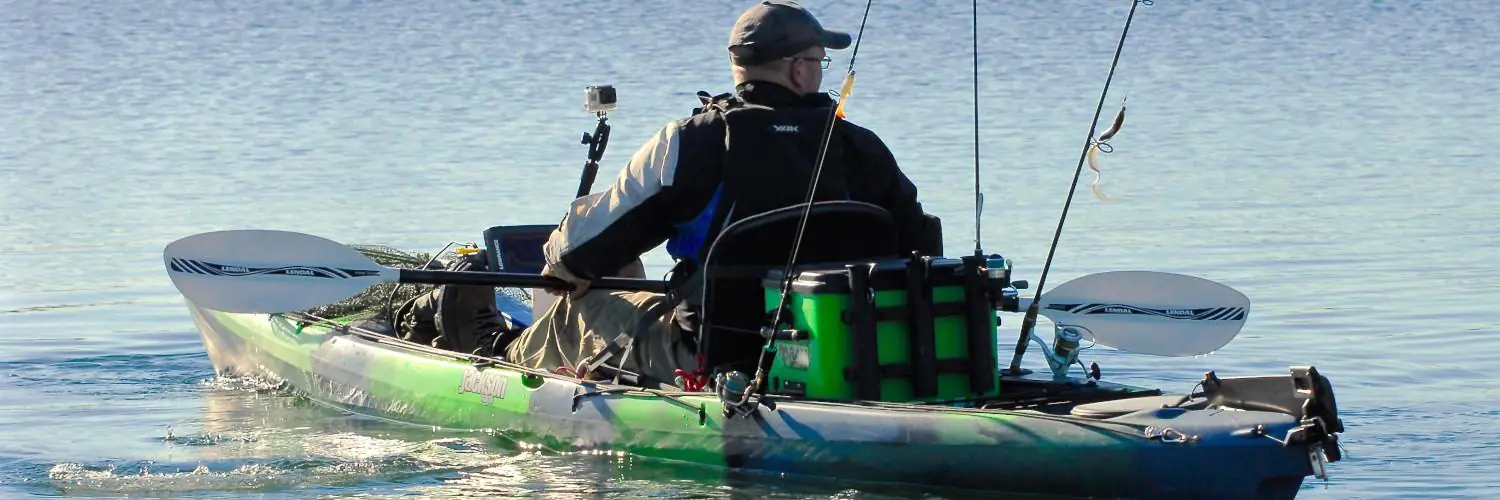Kayaking is a thrilling outdoor activity that lets people enjoy nature from the water. To have a safe and fun experience, it’s important to bring the right gear.
The most crucial items for kayaking are a personal flotation device (PFD), paddle, and the kayak itself.
Other key items include proper clothing, a waterproof bag, and sun protection.
For longer trips, kayakers should pack snacks, water, a first aid kit, and navigation tools. The exact gear needed may vary based on the type of kayaking and weather conditions.
Being prepared with the right equipment helps kayakers stay safe and comfortable on the water. This allows them to focus on enjoying the scenery and paddling experience.
With the essential gear packed, kayakers can set out for a great day on the water.
Table of Contents
Essential Kayaking Gear
Proper gear is crucial for a safe and enjoyable kayaking experience. The right equipment protects you from the elements and helps in emergencies.
Personal Flotation Devices
A personal flotation device (PFD) is the most important safety item for kayaking. Always wear a Coast Guard-approved PFD that fits well.
Pick a bright color to be easily seen on the water.
Look for a PFD with adjustable straps and multiple pockets. These pockets are handy for storing small items like a whistle or snacks.
Some PFDs are designed specifically for kayaking, with high-back designs that don’t interfere with seat backs.
Make sure to check your PFD before each trip. Replace it if you notice any signs of wear or damage.
Kayak and Paddles
Choose a kayak that suits your skill level and the type of water you’ll be paddling. Recreational kayaks are good for calm waters, while sea kayaks are better for open water.
Paddles come in different lengths and materials. A general rule is to choose a paddle that’s about 2 feet taller than you.
Lightweight materials like carbon fiber reduce fatigue on long trips.
Consider getting a spray skirt to keep water out of your kayak. This is especially useful in rough waters or cold conditions.
Safety and Navigation Equipment
A waterproof first aid kit is a must-have for any kayaking trip. Include items like bandages, antiseptic wipes, and any personal medications.
Bring a waterproof phone case to keep your device dry and functional. A compass or GPS device helps you stay on course, especially in unfamiliar waters.
Don’t forget a whistle for signaling in emergencies. Attach it to your PFD for easy access.
A headlamp or flashlight is essential for low-light conditions or unexpected delays.
Clothing and Personal Items
Proper attire and gear are key for a safe and fun kayaking trip. The right clothes keep you comfortable, while personal items help you stay prepared on the water.
Appropriate Apparel
Choose clothes that fit the weather and water conditions. For warm weather, wear swimwear or quick-drying shorts. A rashguard can protect your skin from sun and chafing.
In cooler temps, opt for a wetsuit to stay warm if you get wet.
Avoid cotton, as it stays wet and can make you cold. Instead, pick synthetic fabrics that dry fast. Layering allows you to adjust as needed.
For your feet, water shoes or neoprene footwear work well. They protect your feet and give good grip on slippery surfaces.
Protective Accessories
A sun-shielding hat is a must to guard against harsh rays on the water. Pick one with a wide brim and chin strap so it stays put.
Paddling gloves can prevent blisters and keep your hands warm. Choose fingerless gloves for better grip or full-fingered for more warmth.
Sunglasses with a strap help cut glare and protect your eyes. Polarized lenses work best on the water.
Storage Solutions
A dry bag is key for keeping your stuff safe and dry. These waterproof bags come in different sizes. Use them for clothes, food, and gear.
Pack a waterproof phone case to protect your device. This lets you take photos and make emergency calls if needed.
Bring a small dry bag to keep on your person for items like sunscreen, snacks, and a first aid kit. This way, you have easy access to essentials.
Convenience and Comfort
Kayaking can be more enjoyable with the right accessories. These items make your trip easier and more pleasant.
Kayak Modifications
A spray skirt is a key add-on for many kayakers. It keeps water out of the boat, making for a drier ride.
Bungee cords on the deck give extra storage space. They’re great for holding gear you need to reach quickly.
Some kayakers add a rod holder for fishing. This frees up hands for paddling. A compass mount can help with navigation on longer trips.
Foot pegs are another useful mod. They let you adjust your leg position for comfort. This is key on long paddles. Some kayaks come with them, but they can be added later.
Onboard Storage
A good kayak cooler keeps drinks and snacks cold. Look for one that fits well in your boat. Some are made to sit between your legs. Others strap to the deck.
Dry bags protect items that can’t get wet. They come in many sizes. Small ones work for phones and keys. Larger ones can hold clothes or camping gear.
A water bottle holder keeps drinks within easy reach. Some attach to the side of the kayak. Others can be mounted inside the cockpit.
Comfort Features
A comfy kayak seat makes a big difference on long trips. Many kayaks come with basic seats. Upgrading can add cushioning and back support.
Sunscreen and sunglasses are must-haves for sunny days. They protect your skin and eyes from glare off the water. Choose sunglasses with a strap so they don’t fall off.
Paddle grips can prevent blisters on your hands. They slip over the shaft of the paddle. Some are made of foam, while others are rubber.
A small towel can be handy for wiping off spray or drying hands. It can also serve as a makeshift sun shield.
Additional Kayaking Equipment
Kayakers need more than just a boat and paddle. Extra gear helps with safety and specialized activities on the water.
Rescue and Recovery Gear
A bilge pump is key for removing water from your kayak. Keep one handy to stay dry and afloat.
A paddle float attaches to your paddle blade. It acts like a mini outrigger to help you get back in if you capsize.
A towline lets you help other paddlers in trouble. It can also link kayaks together for group travel.
A paddle leash stops you from losing your paddle overboard. This is extra important in windy conditions or rough water.
Fishing and Specialty Items
Fishing gear turns a kayak into a mobile angling platform. Rod holders, tackle boxes, and fish finders are popular add-ons.
A waterproof camera captures memories without worry. Look for one that floats in case it goes overboard.
Kayak fishing requires special gear. Anchors, fish finders, and coolers help anglers catch more fish.
Binoculars let paddlers spot wildlife from a distance. Get a waterproof pair to use safely on the water.
Transportation and Storage
Transporting and storing kayaks safely is key for any paddler. The right gear protects your kayak and makes moving it easier.
Carrying Solutions
Kayak carriers come in different styles to fit various vehicles. Roof racks are popular for cars and SUVs. They use strong straps to secure the kayak on top. Some racks have special cradles or J-hooks to hold the boat.
For shorter trips, a kayak cart works well. It has wheels to roll the kayak from your car to the water. This saves your back from heavy lifting.
Trucks can use bed extenders to carry longer kayaks safely. These attach to the trailer hitch and support the back of the boat.
Maintenance and Care
Proper storage keeps your kayak in good shape between trips.
Indoor storage is best to avoid sun damage and extreme temps. Wall mounts or free-standing racks work well in garages or basements.
Make sure to support the kayak evenly to prevent warping. For outdoor storage, use a kayak cover.
This protects from UV rays, rain, and debris. Choose a cover that fits snugly and allows air flow to prevent mold.
Clean your kayak after each use. Rinse with fresh water and dry completely. Check for any damage and make repairs promptly.

